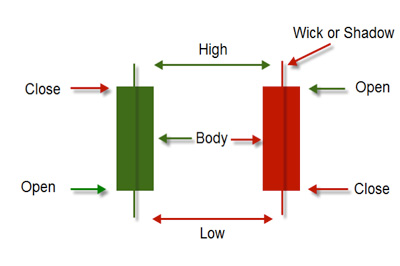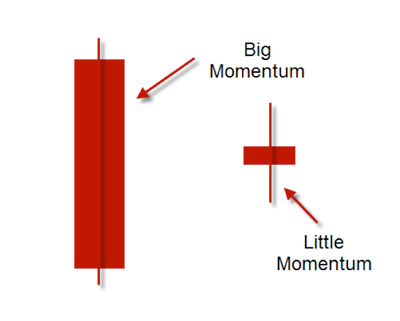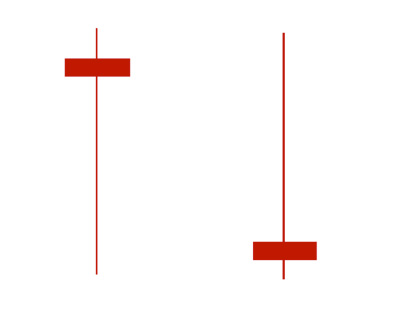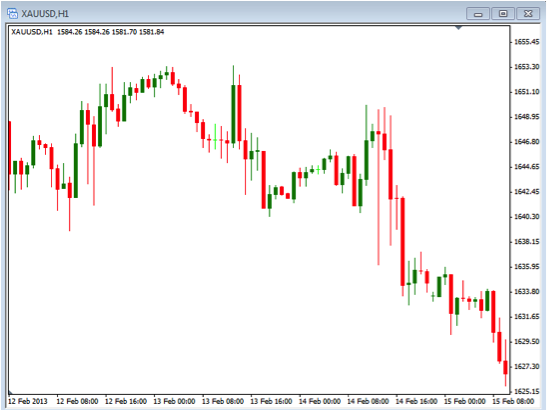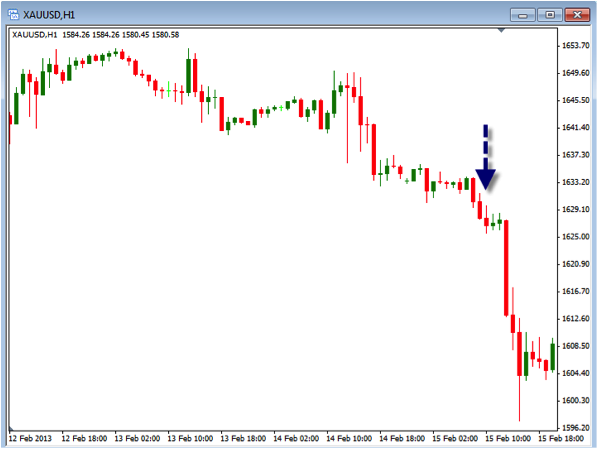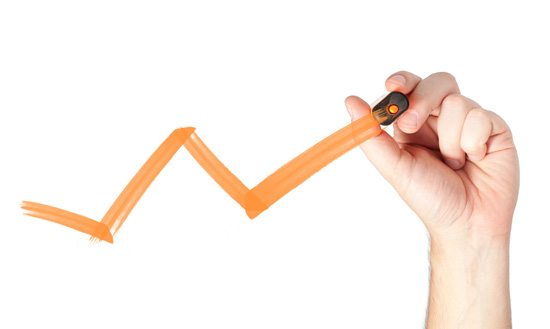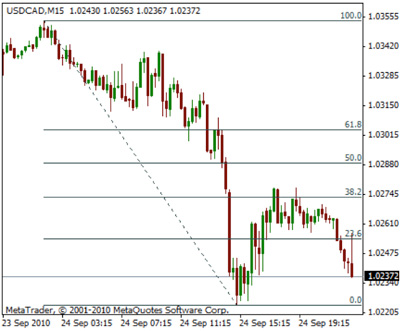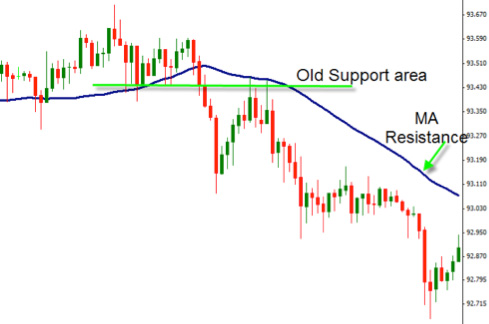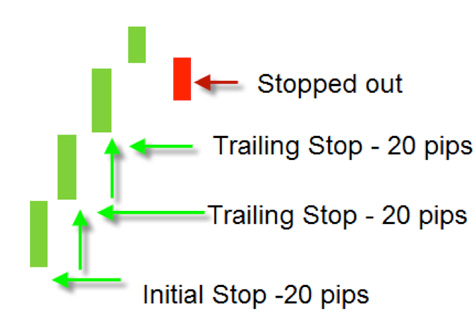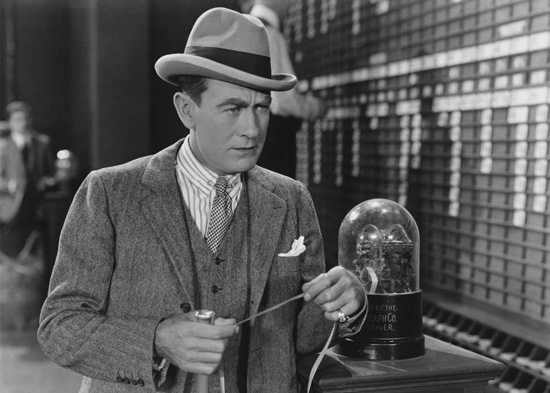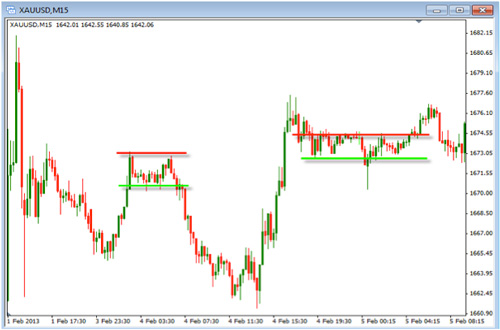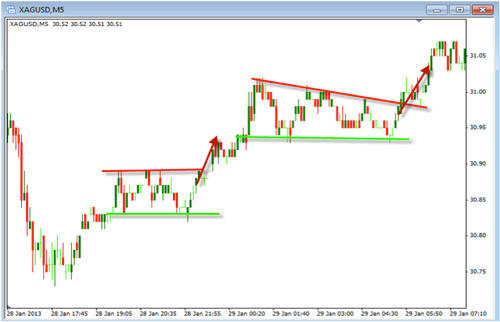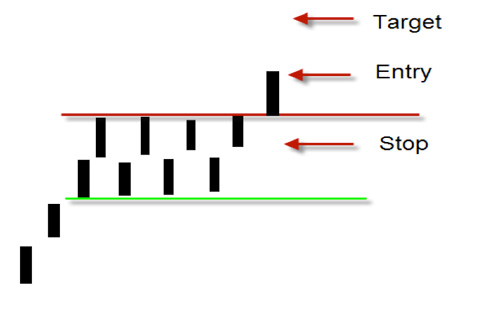This Friday, March 1st, is a day that will live in infamy. If you listen to the President, trying to frighten everybody about the consequences of the sequester going into effect. Of course the sequester is the agreement the President made more than a year ago with the Congress to automatically cut spending across the board if no other agreement was reached. Predictably, as the politicians operate, they did not come to any other agreement. This sequester, therefore will in all probability go into effect this Friday.
But is the situation as dire as the President indicates? To that I would say, “Absolutely not”. The dire situation is not what the President’s talking about. It’s not the sequester. The dire situation is the spending. It’s completely out of control. I think most of you know that by now. The annual deficit is now over a trillion dollars. It’s been a trillion dollars or more for the last several years. The total national debt is now up to $16.5 Trillion, and we’re adding $85 Billion a month! So that equates to one trillion dollars a year more debt on top of the $16.5 we already have. Now that’s a dire situation!
Now the sequester is about cutting $85 Billion, not in a very intelligent way for sure, but $85 Billion across the board in 2013, which would represent about 2.5 percent cut in spending. That’s it. Now do you think there might be 2.5 percent of inefficiency in the government? Or 2.5 percent of waste in the government? Or 2.5 percent of fraud in the government? I would say absolutely! Far more than that.
So these cuts do not have to be such that they interrupt services or cause harm to anybody. It’s all a bunch of Washington speak. Furthermore, what you don’t know, or at least they don’t want you to know, is these cuts are not absolute cuts. They are simply reductions in the increased rate of spending. So if they were spending $10,000, you would think they would be talking about cutting 2.5 percent of that, or $250, back to $9,750. They are not! They are on a track to increase the $10,000 by 3 percent or so. That’s $10,300. So the sequester in my little example would cut back spending from not $10,000, but from the increase of $10,300 back to $10,050. After the sequester goes into effect, the spending in absolute dollars will still go up.
So these guys are leading us down the wrong path. I think they know it. I don’t think they care. So why is all this important? Well, if you’re an investor or a trader in the markets, you can’t be steered in my opinion by these events, and certainly not by the hyperbole from the President or from the House Speaker, or by least of all the media. This is true especially if you hope to have an edge when trading the markets. So one of the keys to successful trading is to ask the question, “what is your edge?” If you don’t know what it is, you don’t have one. So you have no business trading the markets.
You have to know what your edge is. An edge is a method or process, a system that gives you favorable odds when making your trades. So if you do have such an edge, you simply trade it, regardless of what’s going on in the circus in Washington. When you do, with discipline over a series of trades, you’ll come out a net winner. It’s that simple. So don’t be dissuaded from your discipline, your method by all this nonsense. Keep cool heads, stay disciplined and you’ll do just



